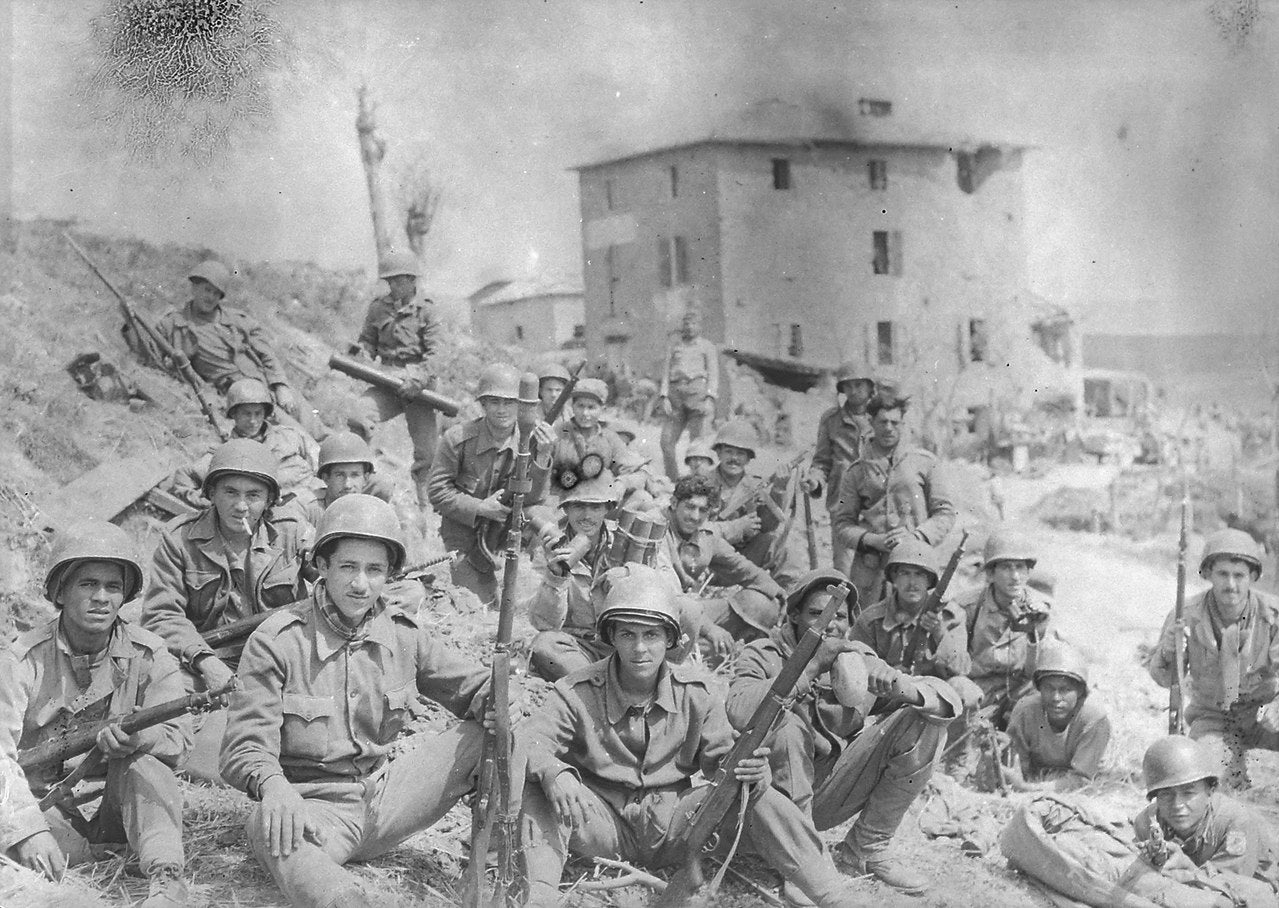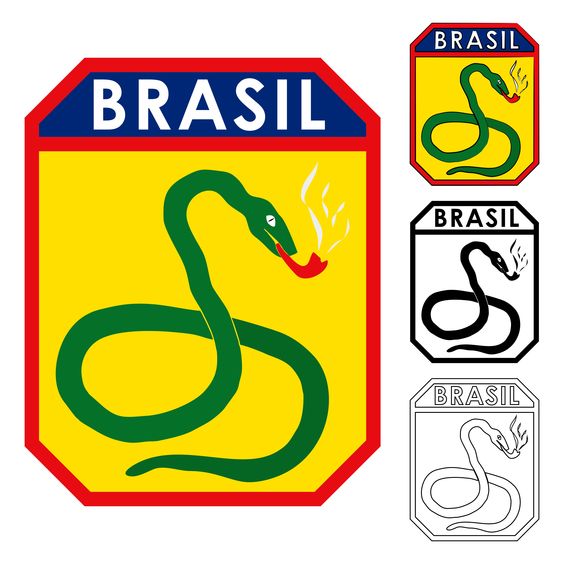Accounts of World War II rarely mention that Brazil was the only country from South America that fought on the side of the Allies, making a significant contribution to military efforts against Italy and Germany. Brazilian armed forces fought in the Battle of the Atlantic and participated in the Italian Campaign.
Brazil originally tried to remain neutral in the conflict, but the United States eventually put diplomatic and economic pressure on the country to break off relations with the Axis powers. As a result, German u-boats began to sink Brazilian shipping and kill Brazilian citizens.
As a result, Brazil entered the war on the Allied side in August 1942, ready to punish the Axis for killing Brazilians.
The Brazilian Expeditionary Force numbered some 25,000 men, the only ally from South America to contribute troops to the war effort. Brazil’s fighting force would play a crucial role in some of the critical European battles to come, in a way no one thought possible. Literally.
Some commenters said the world would more likely see snakes smoking than see Brazilian troops on a World War II battlefield. So when the BEF showed up to deploy with the U.S. Fifth Army, they looked a lot like the Americans in their fatigues, save for one important detail: a shoulder patch, featuring a snake smoking a pipe.
Now proudly calling themselves the “Smoking Cobras,” the Brazilian forces were ready to fight the Italians and Germans anywhere they were needed.
This was all the more surprising because the south of Brazil and important parts of the southeast are dominated by Italian and German culture due to immigration, and at that time (as well as today), industry, hence power, was located in these parts of the country.
It was figuratively almost as if the U.S., which in many important areas is accompanied by strong Jewish lobby groups, were going to war against Israel.

Meanwhile, the Brazilian Navy and Air Force were getting their revenge on the Axis Navy and Air Forces that had so damaged Brazilian shipping. After losing 36 or more ships before entering the war, they lost only three ships afterward.
And despite Brazil’s Air Force only flying five percent of the war’s air sorties, they managed to destroy 85 percent of Axis ammo dumps, 36 percent of Axis fuel depots, and 28 percent of Axis transportation infrastructure.
Back on the ground, the “Smoking Cobras” of the Brazilian Expeditionary Force were fighting the Italians and Germans in the Italian Campaign in 1943 and making short work of their enemy while providing much-needed rest for units that had been fighting for months.

The three regimental combat teams that comprised the BEF took on the German 148th Division, soundly defeating them at the Battle of Collecchio. Other victories came in succession: Camaiore, Monte Prano, Serchio Valley.
The Brazilians also took down the Italian Monte Rosa, San Marco, and Italia divisions. In all, they captured more than 15,000 prisoners and took a further 500 out of action in later campaigns.
They retreated only when they ran out of ammunition, and their losses in Italy numbered just north of 450 killed in action.

